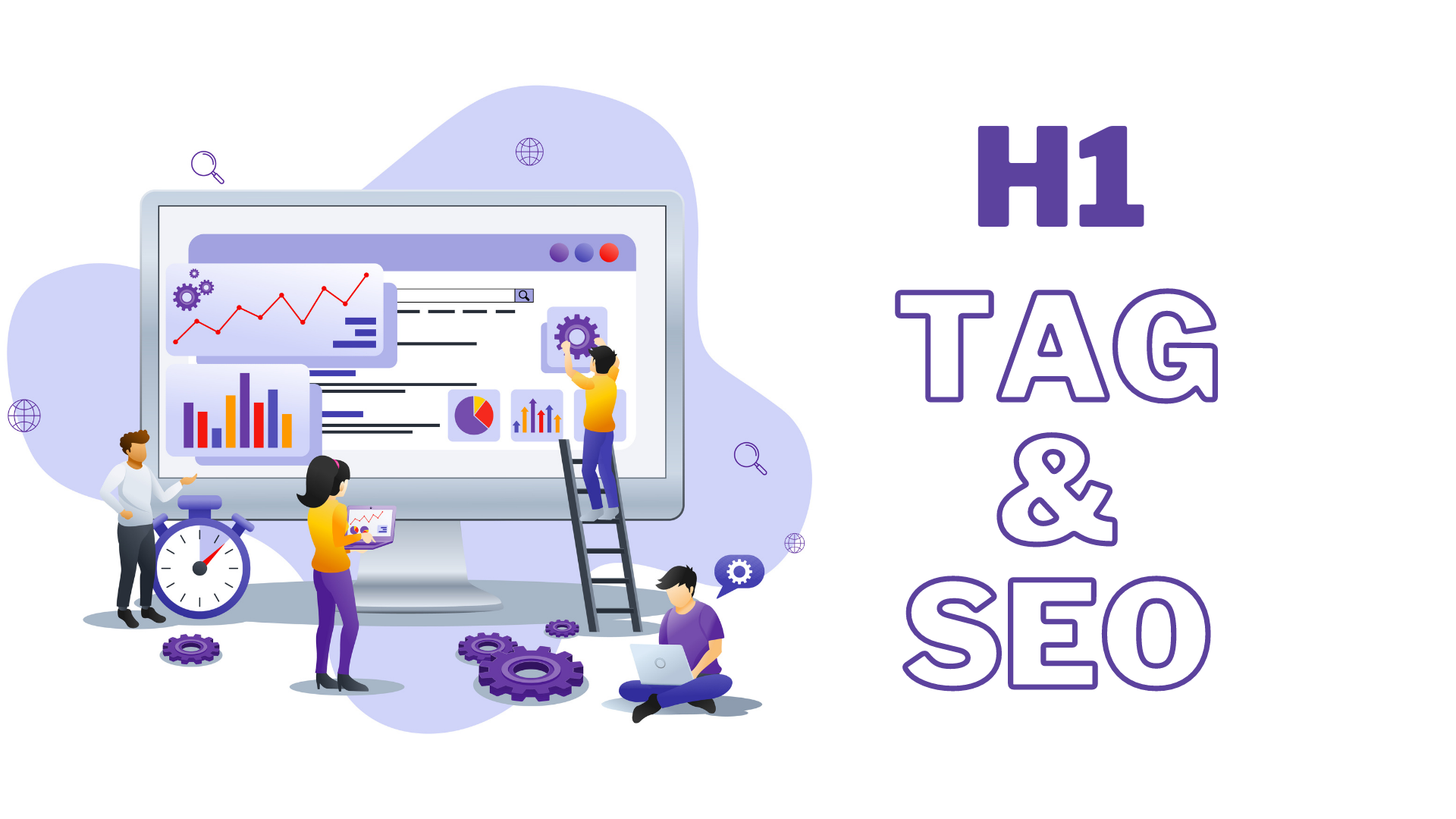Hi Tag is important – Period
Nevertheless it isn’t only making certain we utilize H1s on webpages or the way we utilize them.
It’s really understanding what an H1 is and the way it fits into a page’s organization.
Even more significant, it’s knowing the way an H1 — along with other header tags (H2, H3, H4, etc.) — fit into the total user experience of that page and the website as a whole.
Technically, that primary header label doesn’t even have to be an H1.
However, whether it’s an H1 tag or another header label, that primary header is remarkably significant.
- Six data-driven SEO strategies that optimize conversion rates

- Google: No SEO Bonus For Keyword-Based Domains

H1’s Aren’t What They Used to Be
H1s used to be systematic and standardized; but no longer, as search is smarter than ever before in the past and getting smarter every day.
The thought of using an H1 as a most important category — a headline, if you’ll — hasn’t changed.
However the part of that header is built more around the overall user experience of the page — and also how it can help to improve that experience — than the key word variations included inside and the order wherein an H1 shows up in the header hierarchy.
Therefore, that main headline doesn’t even have to be an H1, but the principles behind it acting as an H1 stay.
The main header of an online website, which could easily be an H1, should be an overarching, brief summary of the content on the page.
And the rest of the page’s content must comfortably exist below it on the page, likely in the form of subheaders.
To further understand the value of an H1 — and also how to craft perfect ones for your content — it can help to understand where H1s came from and how they evolved.
Since today, their purpose is very important, nevertheless their formality is unrestricted with rules or prerequisites.
What H1’s Used to Be
There used to be several pretty straightforward requirements for H1s in regards to Search engine optimization.
- Include the most crucial keyword(s).
- Use only one H1 per page.
- Ensure that the H1 is the first and largest text on a page
However, Google has made it clear these are not any longer the rules of the property.
Websites have evolved, as has the way they’re presented, the way they’re crawled and the way they’re consumed.
What H1’s Are Now
Having multiple H1s isn’t even an issue.
It’s really a fairly common tendency online, particularly with HTML 5, according to Google’s John Mueller
How many H1s there are where they line up on the page shouldn’t even be overthought if the heading structure of a specific page is the best, most organized way to present the content on that page.
“Your website is going to rank flawlessly with no H1 tags or with five H1 tags,” Mueller said in overdue 2019.
We should always prefer the user experience over key word density or the hierarchy of headers.
And, since having multiple H1s doesn’t adversely affect a page’s natural visibility, nor does an H1’s lack of high-value keywords crafting headers on a page should be done without too much focus on those elements being an H1 over an H2 or vice versa.
It is just about making certain the content is organized in a sensible and practical method. Mueller mentioned 3 Ways Google’s system functions to comprehend page headers and the way they encourage a page. They include a page with:
- One H1 heading
- Multiple H1 Tag
- Styled pieces of text
This obviously illustrates a lot of freedom with regards to page style and organization, as well as header tags generally.
And a good deal of sites are being rewarded which use every one of the aforementioned layouts. Header tags, such as H1s, can also be useful for accessibility. Notably for visually impaired site visitors that do not have the capability to actually look at the site and its design.
Software that assists users with disability to consume web sites will read the headers in the sequence it sees them. Therefore, H1 are a big part of a site communicating with these users, but numerous H1s will not affect that page’s effectiveness, even for the visually impaired. Remember, it is about the user experience.
10 times out of 10, using that semantic construction that suggests a clear organization of the content on the page is going to work in that webpage’s favor with regards to crawlability, digestibility, and eventually, visibility.
Getting the Most from H1 Tag
While it is been stated that H1 tag do not directly affect organic rankings. It would be impossible not to consider them to be an important part of every webpage’s overall optimization and, therefore, presentation.
If headers might help people comprehend the content on the page in a simpler way, it is possible they might help search engines in a similar method.
Plus they do.
Think about your main header, which might Very well be a H1 tag, to be a true overview of the page and its content. All the other topics and groups on this page would probably line up below that most important header as a subtitle, usually going more in depth on a topic within that main header.
Think of the semantic structure of a page in a simple way:
- Main header (could be an H1).
- Subhead 1 (could be an H2).
- Subhead 2 (could be another H2).
- Secondary subhead 1 (could be an H3).
- Secondary subhead 2 (could be an H3).
- Subhead 3 (could be another H2).
- Secondary subhead 1 (could be an H3).
- Secondary subhead 2 (could be an H3).
- Secondary subhead 3 (could be an H3).
- Subhead 4 (could be another H2).
- Subhead 5 (could be another H2).
Some content won’t have many or any subheads.
Some will have multiple.
Again, it is about the content and also the best way to present it to the audience.
Headers are more important than H1 Tag
Headers can be H1s, however they do not have to be. The main heading of a page can be a H1, however it does not have to be. The main heading of a page must be an overarching topic/summary of the page, and so likely will also have target keywords. But it is not for a page’s Search engine optimization, it is for the site visitor and the expertise they’ve on the site. Remember: it is not about SEO. It is about users. Make the message clear and every page layout simple.



